Take action before we lose our Rail Corridor
For years, the old Rail Corridor was a strong line of steel running from Tanjong Pagar to the Causeway. The tracks were removed in 2011, leaving a ribbon of green open to runners, walkers, photographers and cyclists.
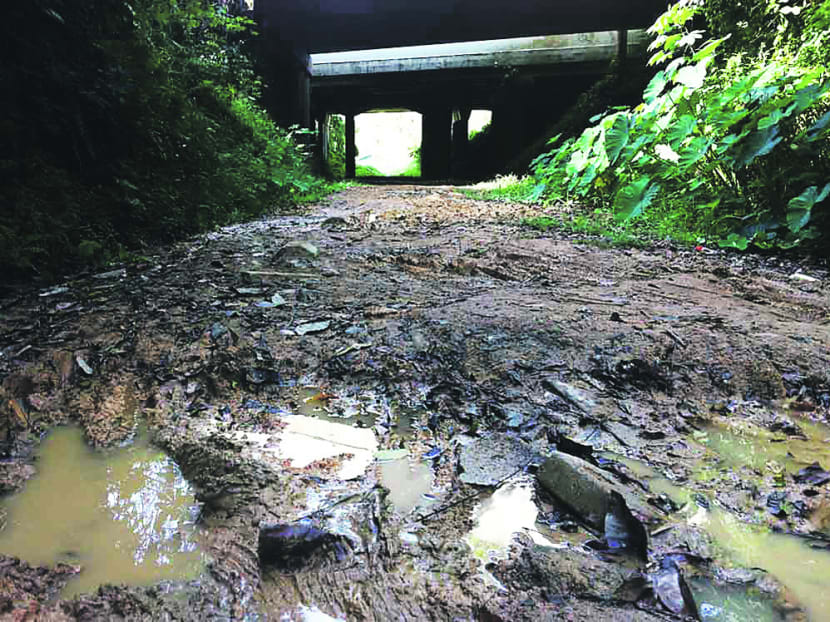
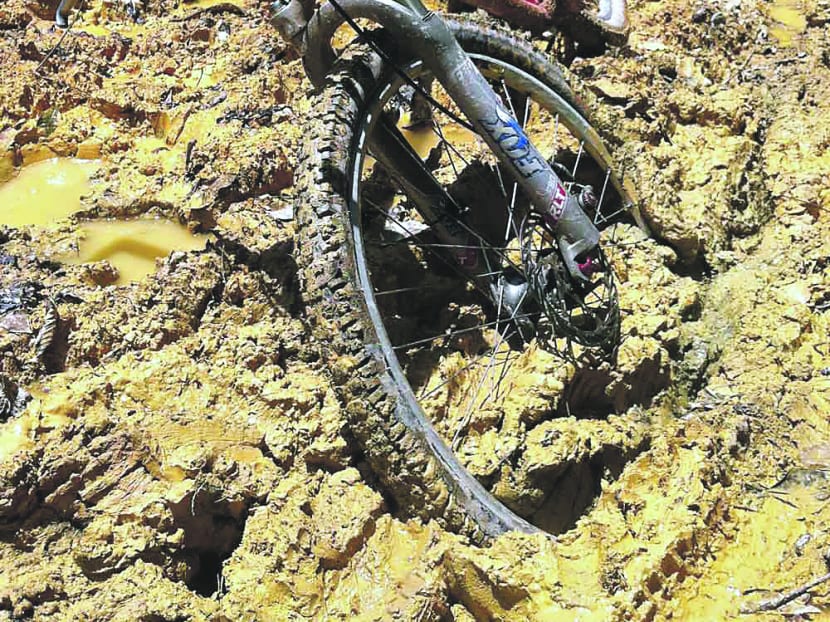
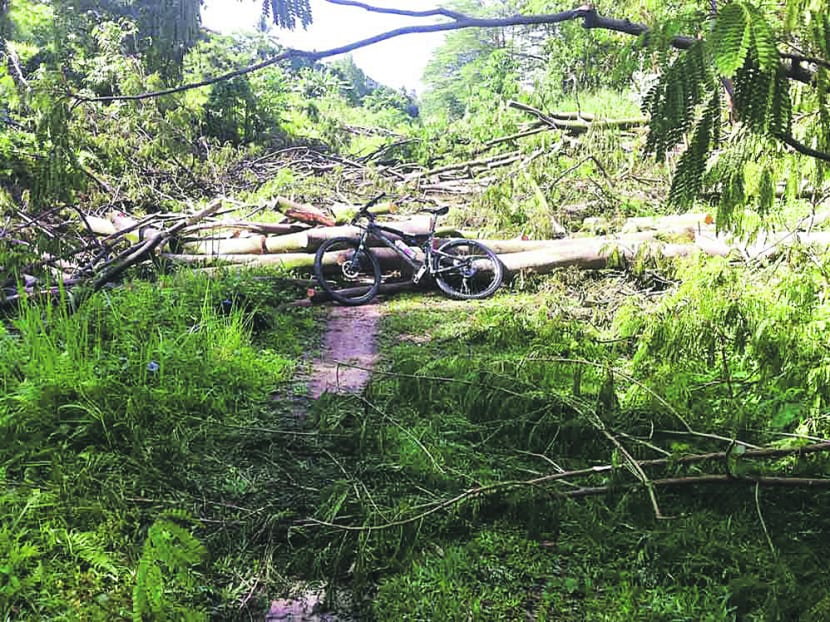
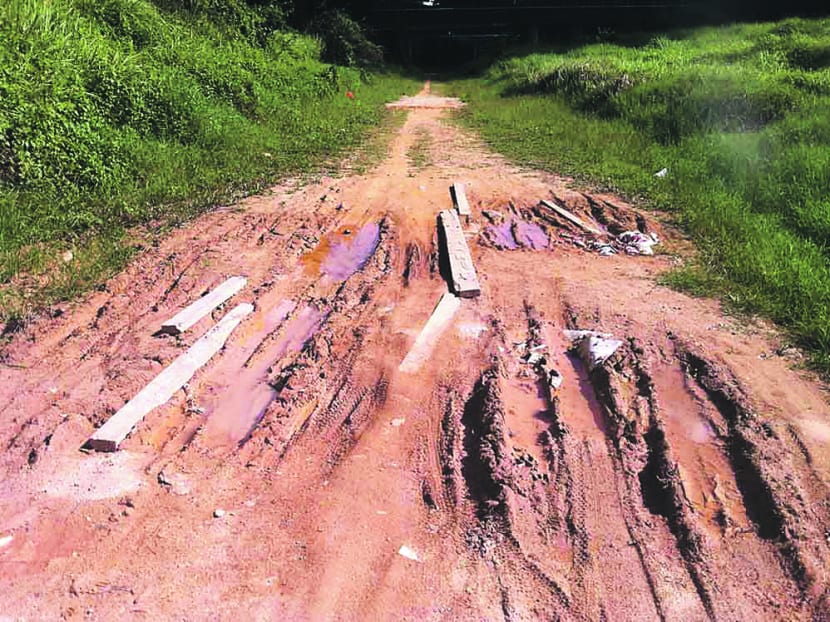
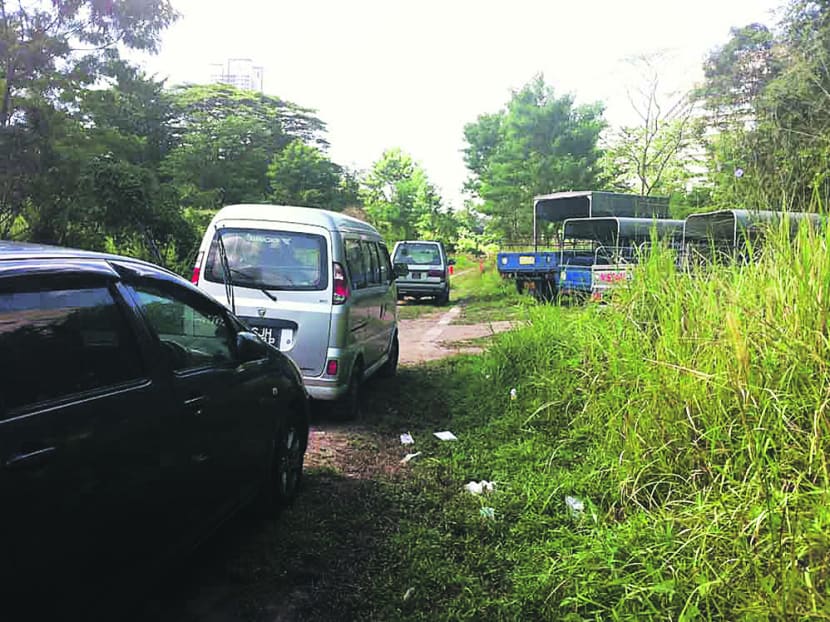
For years, the old Rail Corridor was a strong line of steel running from Tanjong Pagar to the Causeway. The tracks were removed in 2011, leaving a ribbon of green open to runners, walkers, photographers and cyclists.
As it threads its way between condominiums and expressways, it is easy to see how tenuous its continued existence is. In a city where the car is king and development is fast-paced and constant, that this corridor exists at all is a gift to be cherished.
It will need protection to survive amid the concrete and steel. Yet, people are already disrespecting the trail, blocking it, abusing it and even parking vehicles on it. Recently, teams have been felling trees and leaving them across the track. If the trees do need clearing, surely they could be felled parallel to the track so people can pass?
This may seem like a minor point, but if the track gets blocked, people would stop using it and it would fall into disrepair. Then, it is a matter of time until the “unused land” gets turned into parking lots, buildings and shopping centres.
Over the past two years, those trimming trees for businesses, condos and housing estates have dumped branches on the sidings. These raised areas used to provide an alternative route when the track was muddy. Now, thanks to the dumping, they are overgrown and impassable.
Increasingly, lorries, vans and other vehicles are parking in the middle of the track and using it as access to building sites, which are creeping closer. The heavy vehicles block the way and cause ruts that fill with water.
In several areas, most notably between Holland and the bridge over Bukit Timah, the track is so muddy it is nearly impassable. There is over 30 cm of stagnant water under some of the bridges — during a dry period. During rainy weather, it gets a lot worse.
Further north, the removal of the old rail bridges means there is a need to cross busy roads. In one area, there is no way over a canal; the track comes to a dead end, meaning a long trip back and a detour.
The agency in charge of maintaining and protecting the Rail Corridor should stop people from felling trees across it, dumping rubbish on the sidings and parking all over it.
The whole length, and not only sections, must be kept clear so people can continue using and enjoying the track. If parts become unusable and the edges get nibbled away, we risk losing it entirely, in which case there would be no getting it back.






